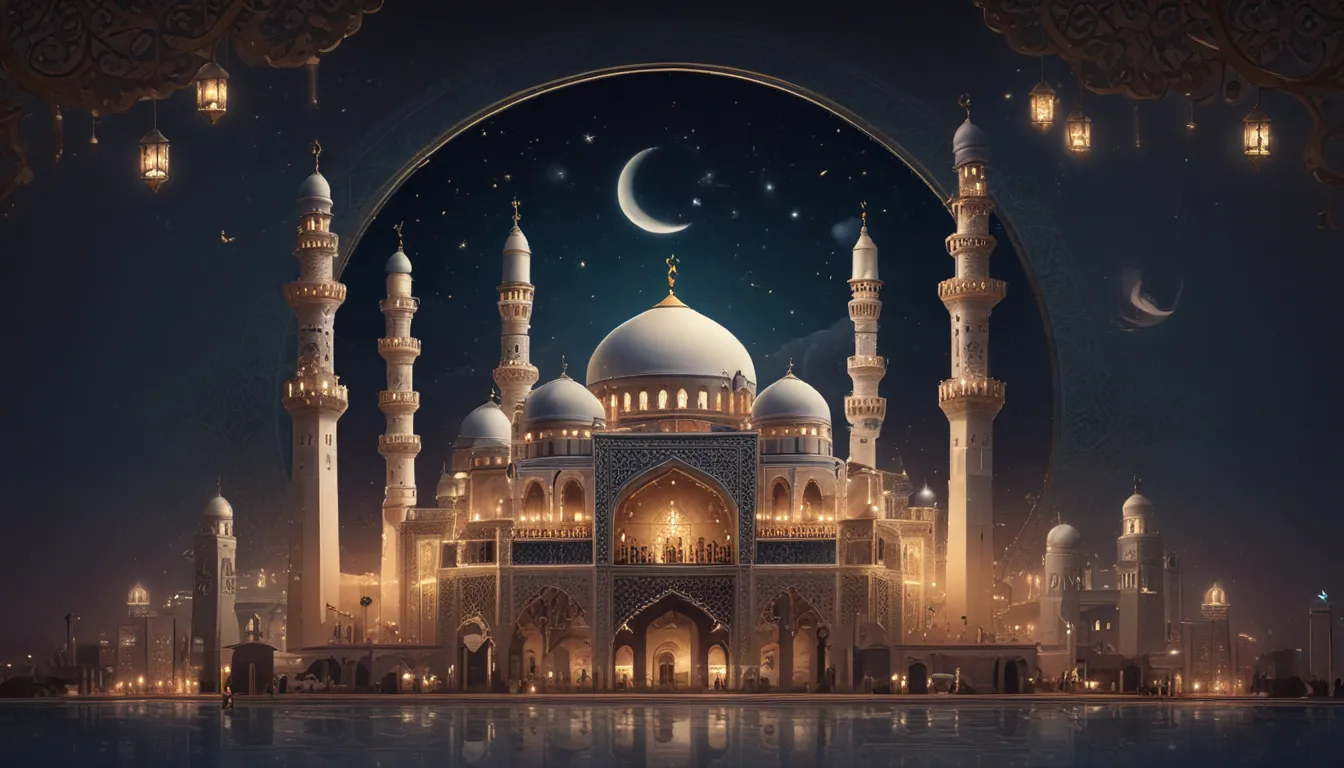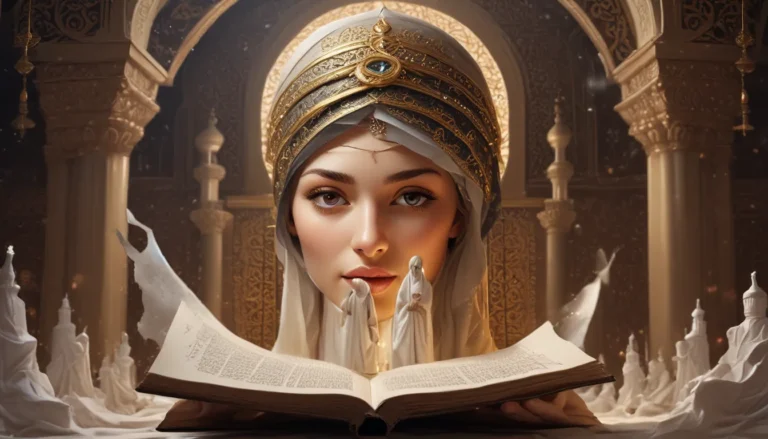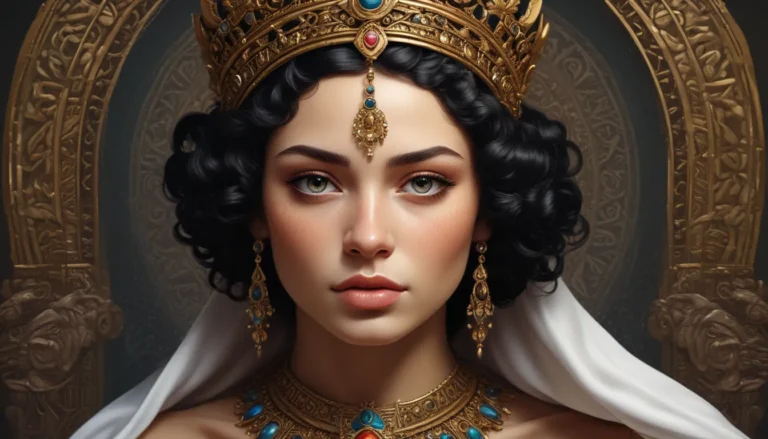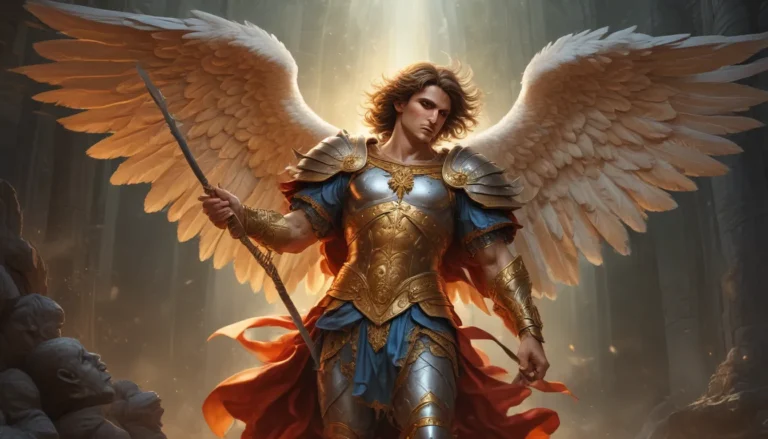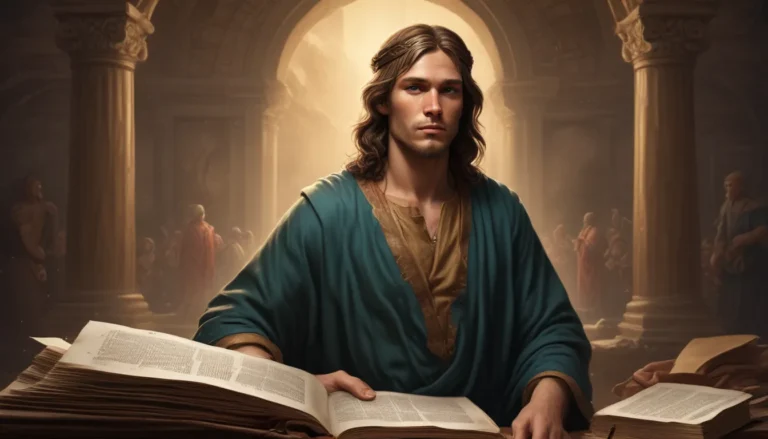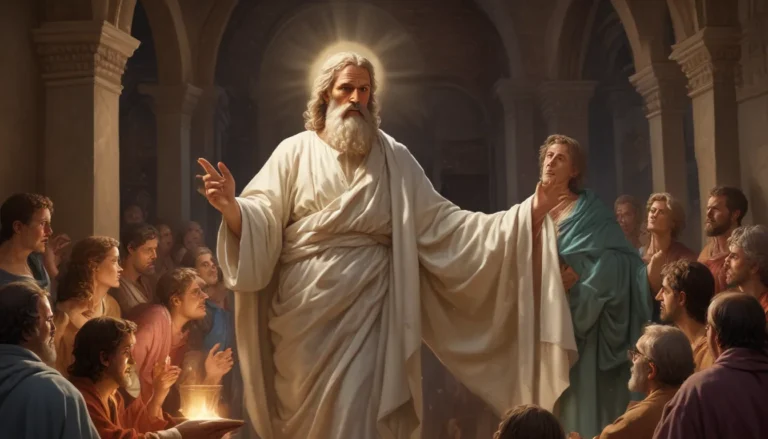The images in our articles may not match the content exactly. They are used to grab your attention, not to show the exact details in the text. The images complement the text but do not replace it.
Eid Mubarak, a phrase that echoes with joy, unity, and celebration among Muslims worldwide, is more than just a greeting; it embodies the spirit of togetherness and gratitude during the festive periods of Eid al-Fitr and Eid al-Adha. As we embark on a journey to explore the essence of Eid Mubarak, let’s unravel 20 enlightening facts that shed light on its significance and traditions.
Unveiling the Meaning of Eid Mubarak
Eid Mubarak, an Arabic expression, translates to “Blessed Feast” or “Blessed Celebration.” It serves as a warm greeting exchanged by Muslims to convey wishes for a happy Eid during the joyous occasions of Eid al-Fitr and Eid al-Adha.
The Duo of Celebrations: Eid al-Fitr and Eid al-Adha
In the Islamic calendar, two Eids stand out: Eid al-Fitr, which follows the sacred month of Ramadan, and Eid al-Adha, famously known as the “Festival of Sacrifice” aligning with the Hajj pilgrimage.
The Essence of Eid al-Fitr
Eid al-Fitr, also recognized as the “Festival of Breaking the Fast,” culminates the month of Ramadan, characterized by fasting, prayer, and self-reflection. It signifies a time of exuberant festivities and gratitude for the perseverance exhibited during the fast.
Delving into Eid al-Adha’s Significance
Eid al-Adha commemorates the profound gesture of Prophet Ibrahim’s willingness to sacrifice his son as an act of obedience to God. However, divine intervention replaced his son with a lamb, symbolizing God’s mercy and provision.
The Ritual of Eid Prayer
At the core of Eid celebrations lies the Eid prayer, Salat al-Eid, performed collectively in congregation, followed by a sermon that amplifies the spiritual energy of the occasion.
Traditions That Define Eid Mubarak
Zakat al-Fitr: A Gesture of Charity
Zakat al-Fitr, a form of charity offered before the conclusion of Ramadan, aims to ensure that the less fortunate can partake in the festivities of Eid al-Fitr, fostering a spirit of inclusivity and generosity.
Embracing New Beginnings with New Clothes
A prevalent tradition entails donning new attire during Eid, symbolizing a sense of spiritual rejuvenation following the completion of the rigorous Ramadan month.
Moon Sighting: An Emblem of Commencement
The sighting of the new moon heralds the onset of Eid, contributing to the variation in the precise date of Eid celebrations across different regions and countries.
Culinary Delights during Eid Festivities
Food plays a pivotal role in the Eid revelries, with each culture offering a distinct array of dishes and desserts. From Biryani to Baklava to Maamoul, the culinary diversity adds a flavor of richness to the celebrations.
Embracing Forgiveness and Reconciliation
Eid fosters an environment conducive to forgiveness and reconciliation, motivating individuals to mend conflicts and seek forgiveness during this auspicious period.
Global Echoes of Unity and Celebration
A Tapestry of Global Celebrations
Eid transcends geographic boundaries, uniting Muslims worldwide in jubilation, togetherness, and collective merriment, making it one of the most universally celebrated holidays.
Family Reunions: The Heart of Eid Celebrations
Family gatherings form the heart of Eid festivities, providing an avenue for prayers, feasting, and communal celebrations, fostering stronger familial bonds.
Embracing Varied Greetings
In addition to “Eid Mubarak,” other greetings like “Eid Saeed” (Happy Eid) and “Taqabbal Allahu Minna wa Minkum” (May Allah accept [good deeds] from us and you) add a touch of cultural richness to the festive exchanges.
Cherished Traditions: Eidi and Grave Visits
The Gift of Eidi: A Gesture of Affection
Eidi, typically in the form of money, is a cherished tradition where elders bestow gifts upon children, enhancing the festive spirit and joy of the younger members of the community.
Seeking Blessings at Graves
Some individuals visit the graves of their departed loved ones during Eid, offering prayers for their souls and seeking blessings, underscoring the significance of remembrance and spiritual connectivity.
Decorating Festivities: A Visual Spectacle
Adorning Homes with Festive Charm
Eid decorations, including lights, banners, and ornamental embellishments, adorn homes during Eid, creating a vibrant and celebratory ambiance that resonates with the joyous spirit of the occasion.
Commemorating Public Holidays
In numerous Muslim-majority countries, Eid al-Fitr and Eid al-Adha are observed as public holidays, enabling widespread participation in the festivities and strengthening the cultural fabric of the community.
Acts of Benevolence: Charity During Eid
Charity forms a fundamental tenet of Eid celebrations, emphasizing the importance of giving back to the less fortunate and spreading joy and abundance within the community.
Universal Messages of Joy, Peace, and Unity
Embodying the Essence of Eid Mubarak
Eid Mubarak encapsulates a universal message of joy, peace, and unity, transcending cultural boundaries and uniting Muslims across the globe in a tapestry of celebration and shared gratitude.
In Conclusion
Eid Mubarak is not merely a greeting; it embodies a tapestry of traditions, values, and sentiments that permeate the core of Islamic culture. From the communal prayers to the festive feasts, every aspect of Eid resonates with a spirit of unity, joy, and thanksgiving, fostering a deep sense of connectivity and cultural richness.
Diving Deeper: Exploring the Significance of Eid Mubarak
As we conclude our exploration of the rich tapestry of Eid Mubarak, let’s address some commonly asked questions to deepen our understanding of this cherished Islamic holiday.
Frequently Asked Questions (FAQs)
What does “Eid Mubarak” mean?
Eid Mubarak translates to “Blessed Feast” or “Blessed Celebration” and is used to convey warm wishes for a happy Eid during Eid al-Fitr and Eid al-Adha.
How many Eids are celebrated in a year?
Two Eids are observed in the Islamic calendar: Eid al-Fitr, marking the end of Ramadan, and Eid al-Adha, coinciding with the Hajj pilgrimage.
What is the significance of Eid al-Fitr?
Eid al-Fitr, known as the “Festival of Breaking the Fast,” marks the culmination of Ramadan, celebrating the perseverance and spiritual growth gained during the fasting month.
Why is Eid al-Adha important?
Eid al-Adha commemorates Prophet Ibrahim’s willingness to sacrifice his son, reflecting an act of profound obedience to God, culminating in God’s mercy and provision of a sacrificial lamb.
How is the date of Eid determined?
Eid commences with the sighting of the new moon, leading to variations in the celebration dates across regions and countries.
Your Feedback Matters
Our commitment to delivering reliable and engaging content stems from real user contributions like yours, enriching our platform with diverse insights and information. Each fact undergoes meticulous review by our dedicated editors to ensure accuracy and reliability, offering an authentic learning experience. Trust in our dedication to quality and authenticity as you explore, discover, and learn with us.
